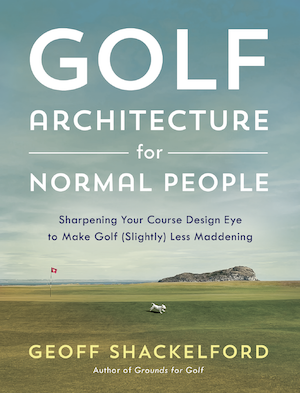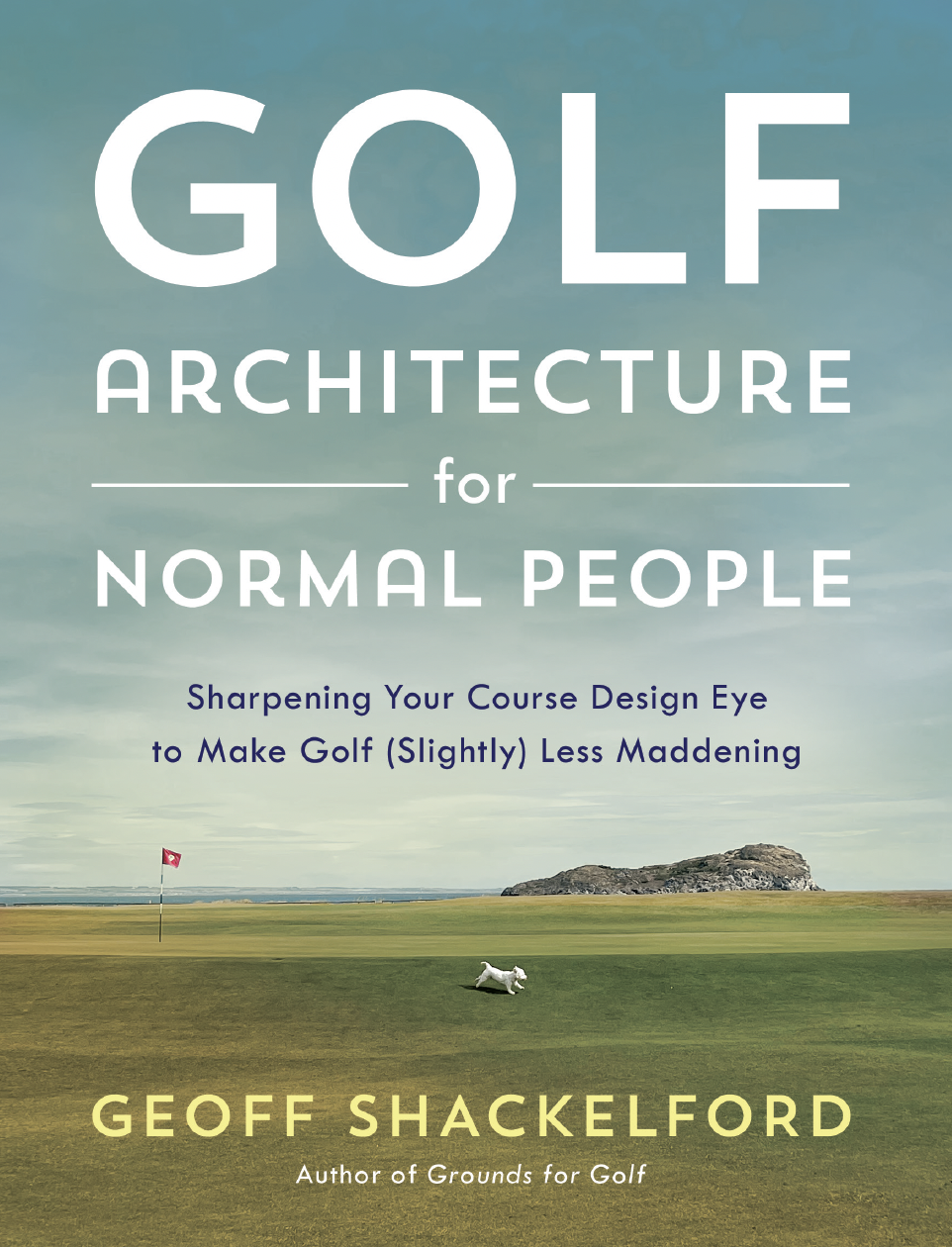"Improved aerodynamic efficiency, resulting in increased flight distance for golfers of all swing speeds"
/Thanks to reader Kevin for noticing David Dawsey's latest golf patent post, this one on a new ball from Titleist:
A golf ball is provided that has improved aerodynamic efficiency, resulting in increased flight distance for golfers of all swing speeds, and more particularly for golfers possessing very high swing speeds, such as those who can launch the balls at an initial speed greater than 160 miles per hour and more particularly at initial ball speed of about 170 miles per hour or higher. The golf ball of the present invention combines lower dimple count with multiple dimple sizes to provide higher dimple coverage and improved aerodynamic characteristics.













